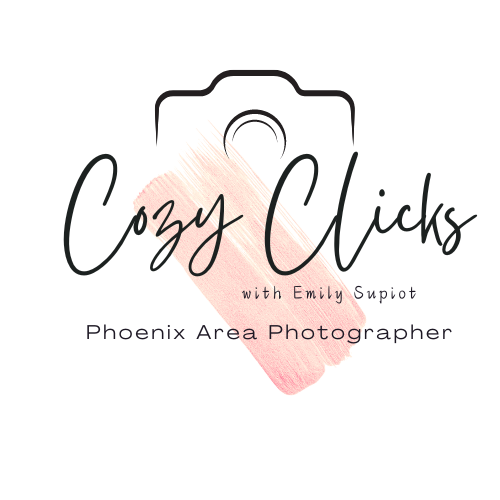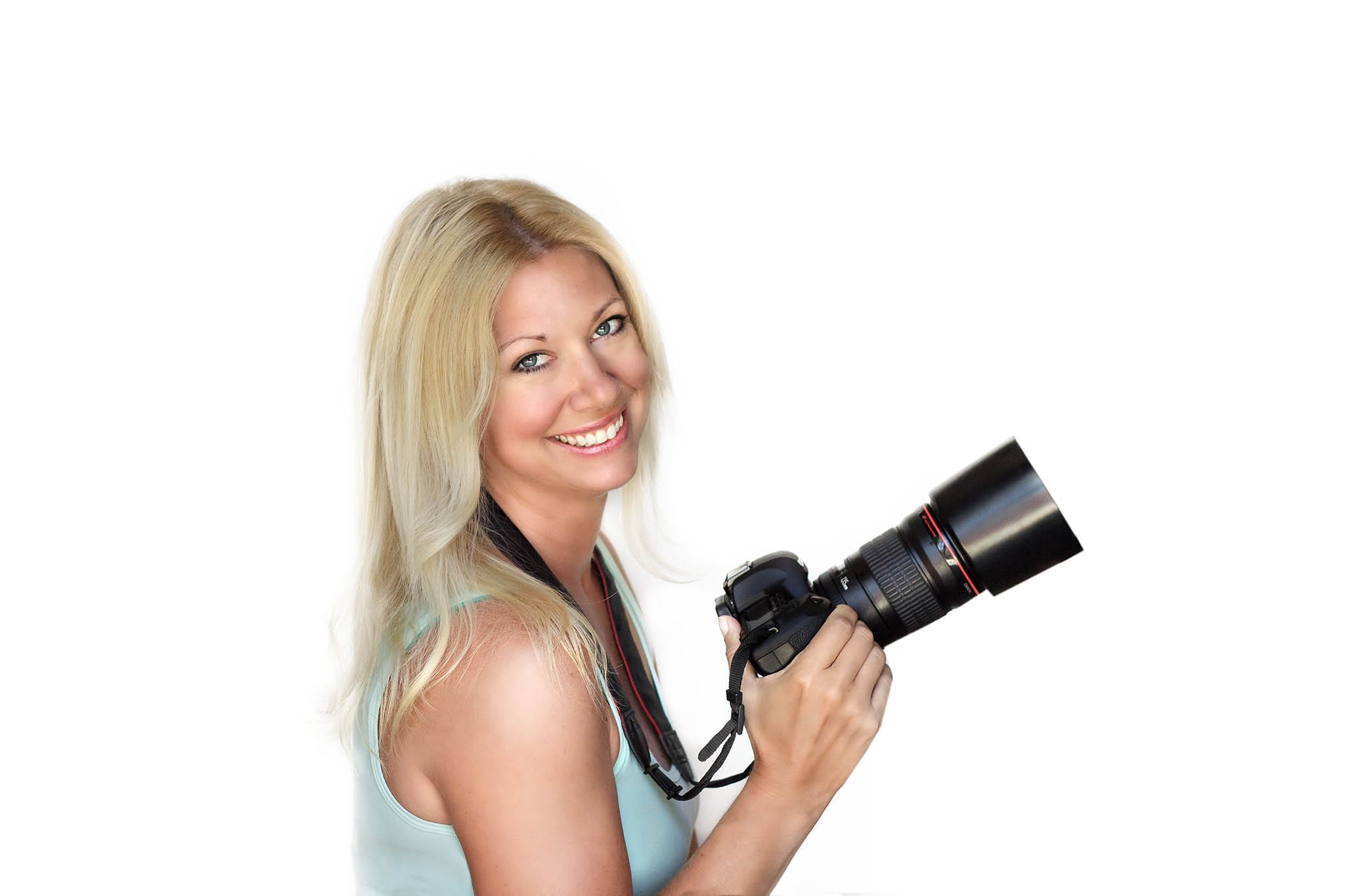
When you’re just starting out as a photographer, it can be challenging to figure out how much to charge for your services. While you don’t want to undercharge and sell yourself short, you also don’t want to overcharge and scare off potential clients. Here are some key factors to consider when determining how much a beginner photographer should charge.
Determine Your Expenses
Before you can determine your pricing, it’s essential to know your expenses. This includes not only the cost of your equipment and supplies but also the expenses associated with running a business, such as rent, insurance, marketing, and taxes. Keep track of all your expenses so that you can factor them into your pricing.
Research Your Market
Once you know your expenses, the next step is to research your market. You need to know what other photographers in your area are charging, what services they offer, and how they are marketing themselves. Start by looking at other photographers who are at a similar skill level and offering similar services to you. You can also check out online photography communities, social media, and photography forums to see what other photographers in your niche are charging.
Be mindful of the location and demographics of your target market. Your pricing may vary depending on whether you live in a big city with a high cost of living or a rural area with a lower cost of living. You may also want to adjust your pricing based on the age, income level, and other factors of your target market.

Choose Your Pricing Model
There are several pricing models you can use as a beginner photographer, such as hourly, per session, or per project. Choose a pricing model that works best for your business and your target market.
Hourly pricing is straightforward and easy to understand. You charge a set hourly rate for your time, and clients pay for the hours they book. Per session pricing is based on the number of sessions booked, and per project pricing is based on the entire project’s scope, from start to finish.
Determine Your Minimum Hourly Rate
Your minimum hourly rate is the amount you need to charge to cover your expenses and make a fair wage for your time. This should be your starting point when determining your pricing. To calculate your minimum hourly rate, take your total expenses and divide them by the number of hours you plan to work per year. Add this amount to your desired annual salary, then divide the total by the number of hours you plan to work per year.
For example, if your total expenses are $15,000, and you want to make $50,000 per year, and you plan to work 1,000 hours per year, your minimum hourly rate would be $65 per hour ($15,000 + $50,000 = $65,000 / 1,000 hours = $65/hour).
Keep in mind that this is just your minimum hourly rate. You may want to charge more depending on your level of experience, the quality of your work, and the demand for your services.

Consider Your Value Proposition
Your value proposition is what sets you apart from other photographers and makes your services unique. You may be able to charge more if you offer something special or unique that other photographers don’t. For example, if you specialize in a specific type of photography, have a unique style, or provide exceptional customer service, you can use these factors to justify higher pricing.
Be Flexible
Finally, be flexible with your pricing. Don’t be afraid to adjust your pricing as you gain more experience and become more established in the industry. You may also want to offer discounts or promotions to attract new clients or fill gaps in your schedule. Always be open to negotiation, but also be willing to walk away from clients who are not willing to pay.



